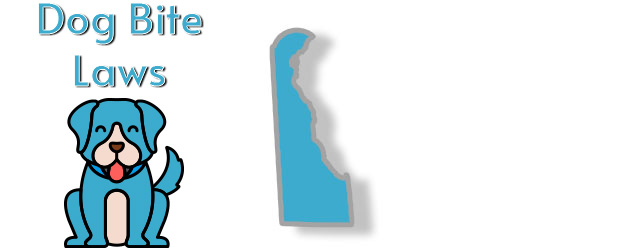

That means Connecticut is a “strict liability state”, where, trespassing nullifies the victim’s claims, the victim must prove that the dog caused the injury, and if the victim wants to receive both economic and non-economic damages, he or she must file a lawsuit.
This means strict liability laws only hold the owner of an animal that causes injury liable for damages if the injuries occur in a public place, or while the victim is legally on private property. For the dog owner, the best defenses you have are provocation and trespassing. Keep reading to find out how to use said defenses.
Table Of ContentsVictims may file a negligence claim against the owner, but do not forget that if you take this route. You will have to prove that the owner of the dog knew or should have known of the dog’s vicious propensities.
There is also the issue of ‘premises liability’, which holds a renting dog owner and the property owner liable for any dog-related injuries that might occur if the landowner knew of the dog’s dangerous tendencies. For example, if the landowner fails to take reasonable steps to ensure the safety of tenants, such as ordering the removal of a dangerous dog. Then the law will hold the property owner liable.
What is crucial to remember is that Connecticut has “modified comparative fault” laws, meaning, the victim may also recover compensation if he or she is less than 50% at fault (comparative negligence). Consequently, if the victim’s actions are a direct cause for the bite, then the victim will receive no compensation.
Note that in Connecticut, negligence refers to a violation of a legal duty that one owes to another, for example, if you invite someone to your home, you owe that person a duty of protection. Thus, the essential elements of proving negligence are:
Owed duty>breach of duty>causation>actual injury.
To prove negligence per se, the victim must show that the dog owner failed to fulfill his/her duty. The law works under the assumption that quote “the standard of care to which, an ordinary-prudent person, would conform his conduct”. That means the jury will vote on whether the dog owner violated a statute or regulation.
What to remember:
CGS § 22-364 contains a mitigation provision that says:
“vicious Dogs. By law, an owner or keeper of a vicious dog who intentionally or recklessly allows the dog to roam and the dog physically injures another person who was not teasing, tormenting, or abusing it, is subject to a fine of up to $1,000, imprisonment for up to six months, or both. For the penalty to apply, the dog’s owner must have been convicted in the preceding year of allowing the dog to roam”.
What typically happens after a dog bites someone in Connecticut is animal control quarantines the dog for fourteen days in a veterinary hospital or public pound as a rabies precaution.
What to remember:
It is also worth mentioning that Connecticut dog bite laws prohibit residents from owning or harboring a dog that is a nuisance or has exhibited vicious tendencies. If you are the owner of such a dog, the law requires you to restrain or “dispose of” the dog. Failure to which may result in a $100 fine and or 30 days behind bars.
A “nuisance dog” here refers to any dog that habitually goes out on the highway, annoys, growls, snaps at, scares, or bites other domestic animals or humans.
Connecticut does not have breed-specific dog bite laws, meaning it is legal to keep pit bulls in the state. But there are conditions.
According to a bill signed by Gov. Dannel P. Malloy, pit bull owners in Connecticut must:
The bill also prohibits towns in Connecticut from enacting breed-specific laws.
As mentioned, the best defenses dog owners in Connecticut may put up are trespass and provocation.
Trespass works as a defense because a person committing it is actively breaking the law. The owner of the dog is not liable to pay because it is up to the victim to prove that he or she was not trespassing, nor teasing, tormenting, or abusing the dog.
As a dog or property owner, it is important to put up No Trespass signs in or around your property to communicate that your property is off-limits. Doing that weakens the victim’s argument.
A Provocation defense, on the other hand, requires the dog owner to prove that the victim’s actions caused the attack or bite. To that end, we recommend that you install surveillance cameras in your yard to document any incident that might occur.
I also mentioned that Connecticut dog bite laws assume that a child under seven “cannot trespass or provoke an attack“. Hence, the law will hold the owner strictly liable unless he or she proves that the child’s actions were the direct cause of the bite. For example, did the child climb over a fence to reach the dog? Did you take all reasonable precautions to prevent kids from entering your property?
If the victim proves that the owner’s negligence or if the court holds the owner liable, then he or she may have to pay:
Connecticut dog bite guidelines encourage victims to do the following after a dog bite:
From there, you may choose to hire an attorney then file a claim under negligence or strict liability (your attorney will advise on the best way forward).
Also, if the attack results in death, the victim’s family may recover compensation for expenses including ambulance and medical expenses, and lost future earnings.
Overall, if you are the victim of a dog bite it is important to consult with a dog bite attorney in your area.
Dog owners should take all reasonable steps to keep their dogs from escaping confinement or biting or injuring someone.
More Connecticut Laws